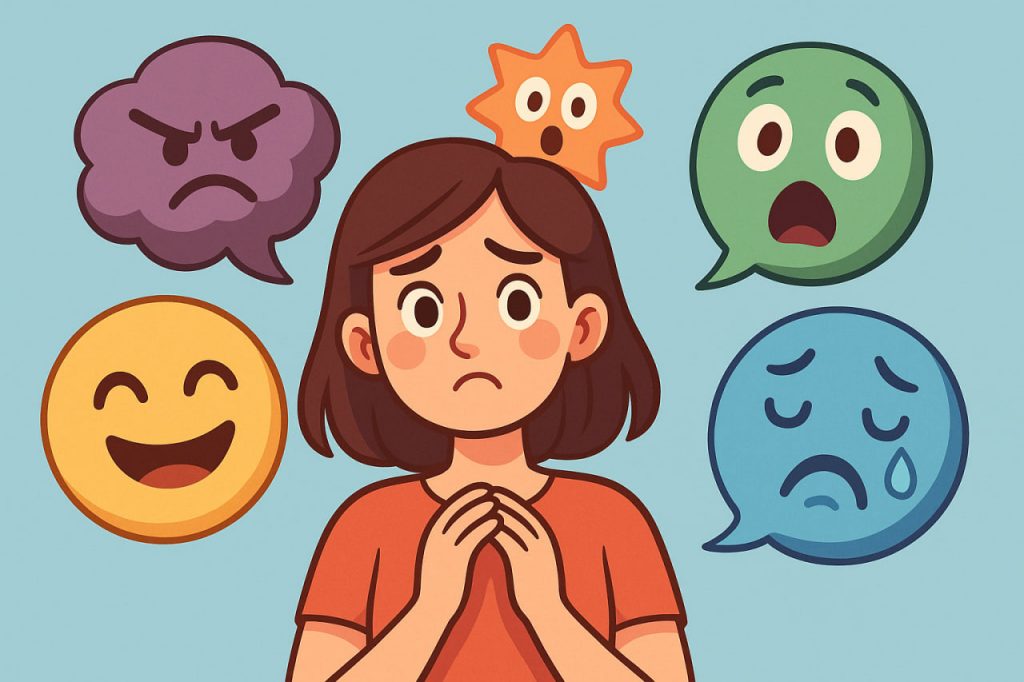Emotions are complex psychological and physiological states that shape how humans experience, react to, and interpret the world around them. They influence thoughts, decision-making, relationships, and overall well-being. Emotions serve as signals, guiding us through life’s challenges and opportunities by connecting the brain, body, and environment in powerful ways.
What Are Emotions?
Emotions are responses generated by the brain that combine feelings, physical changes, and behaviors. They are not random but deeply connected to survival and social interaction. For example, fear warns us of danger, happiness motivates bonding, and sadness encourages reflection and healing.
The Science of Emotions
- The amygdala plays a central role in detecting threats and triggering fear.
- The prefrontal cortex helps regulate emotions and make rational decisions.
- The autonomic nervous system produces bodily responses like increased heartbeat, sweating, or relaxation.
Together, these systems show that emotions are both mental and physical experiences.
Basic Emotions
Psychologists often identify a set of universal emotions that all humans share:
- Happiness
- Sadness
- Fear
- Anger
- Surprise
- Disgust
These emotions are recognized across cultures and are thought to be evolutionary traits.
Functions of Emotions
- Survival: Fear helps avoid danger, anger mobilizes defense.
- Communication: Facial expressions and tone of voice express feelings without words.
- Motivation: Joy inspires action, sadness encourages withdrawal and recovery.
- Social bonding: Emotions strengthen relationships and empathy.
When Emotions Become Harmful
While emotions are natural, imbalance can lead to mental health issues:
- Chronic anxiety from prolonged fear.
- Depression from persistent sadness.
- Aggression from uncontrolled anger.
Managing emotions through therapy, mindfulness, or stress reduction techniques is essential for mental well-being.
Conclusion
Emotions are vital to the human experience. They connect the mind and body, influence choices, and shape relationships. While they can be overwhelming at times, learning to understand and regulate emotions helps maintain balance, resilience, and healthier interactions.
Glossary
- Amygdala – part of the brain involved in emotional processing.
- Prefrontal cortex – brain region responsible for decision-making and regulation of emotions.
- Autonomic nervous system – controls involuntary bodily functions linked to emotions.
- Empathy – the ability to understand and share another person’s feelings.
- Depression – a mental health condition marked by persistent sadness and lack of energy.


